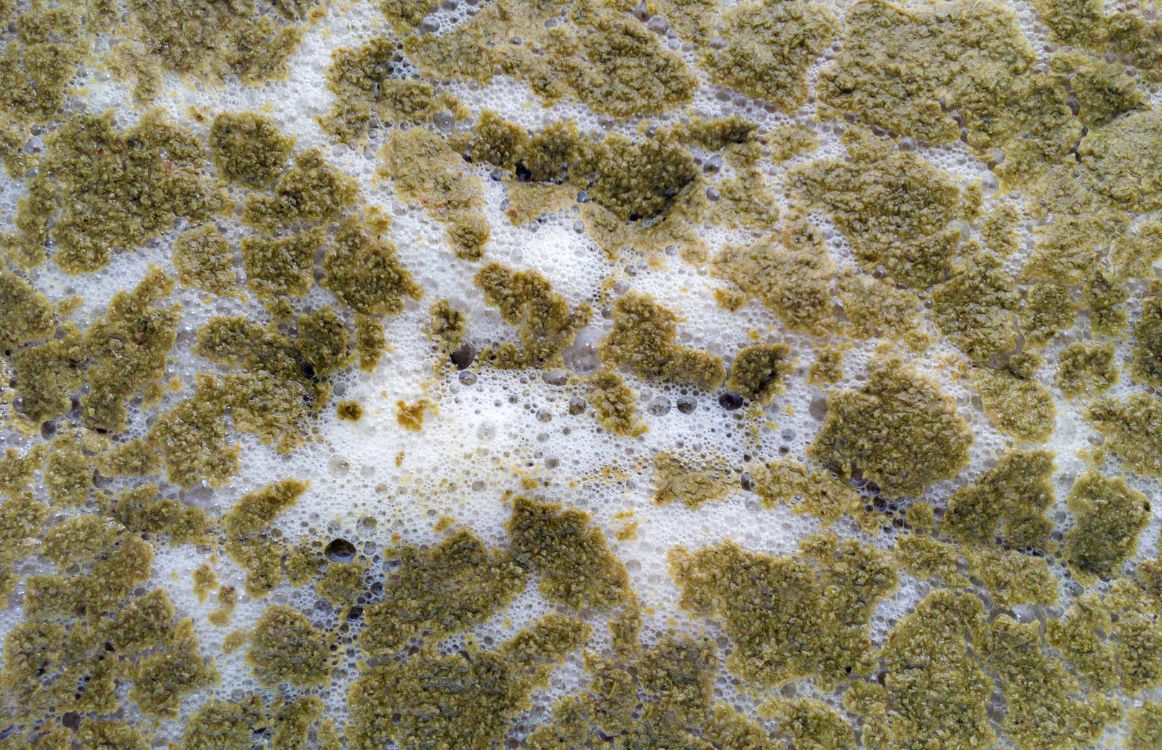Yeast Flocculation Chart

Yeast flocculation is an important part of the brewing process, so when choosing a yeast strain, you want to know the expected flocculation. It helps to have a yeast flocculation chart to which to refer when deciding how you want your beer to ferment.
What Is Yeast Flocculation?
Before we get into the chart, let’s discuss flocculation and its role in fermentation. The role of yeast is to get into the wort, consume the sugars, and convert those sugars into alcohol, carbon dioxide, and hundreds of micronutrients, including phenols that lend flavor and aroma to your beer.
Every yeast strain ferments at a different rate and with different traits and characteristics. One of those traits is flocculation. When yeast is done consuming the sugars and converting them to alcohol and carbon dioxide, essentially when it is done fermenting, it will clump together in a mass. This clumping is known as flocculation.
Some yeast strains have a high flocculation rate, some have a low flocculation rate, and many have a medium flocculation rate.
Also read: What is Yeast Flocculation: A Detailed Account
What Is High Flocculation?
Yeast with a high flocculation rate typically begin to flocculate within 3 to 5 days of the start of fermentation. That is a quick rate of fermentation and many of the fermentable sugars may be left in the brew as a result. Brewers who want yeast to continue to ferment will have to recirculate the yeast, effectively breaking up the clumps, waking up the yeast, and getting those cells back to work.
What Is Low Flocculation?
Low flocculation then is the opposite. Low flocculation yeast can take up to 15 days to complete fermentation and clump together. The trickiest part of working with low flocculating yeast is to allow the yeast to complete its job. With longer fermentations, yeast has time to produce those tasty micronutrients that give beer their character. For this reason, we often see low flocculation yeast doing better in cooler conditions where beer is allowed to fully develop over time.
How Does Flocculation Affect Beer?
The flocculation rate of beer will tell you how many of those fermentable sugars in the wort have likely been consumed. With high flocculating yeast, if you do not recirculate and keep it fermenting, you will end up with a sweeter beer with a lower alcohol content. With low flocculating beer, you will produce a drier beer with a higher alcohol content.
It is also helpful to understand how attenuation rates interact with flocculation.
Yeast attenuation refers to how efficiently the yeast cells consume the sugars and ferment them into alcohol and carbon dioxide. Yeast viability and vitality play a large role in yeast attenuation, and attenuation rates typically range from 65% to 85%, with the percentages representing how much of the sugar in the wort was consumed by the yeast.
A high flocculating yeast will generally have a lower attenuation rate, and vice versa.
Furthermore, the more sugar you add to the wort, the faster your yeast may work to the point of overwhelm, at which point the cells may flocculate faster. The cooler you ferment your beer, the longer and slower the fermentation process may take, which can slow down flocculation to the point of it lying dormant.
Several factors can help brewers manipulate the flocculation rate of their yeast, but it helps to know how the yeast strains are expected to perform under “normal” conditions.
Yeast Flocculation Chart
Here is a generic yeast flocculation chart, including some commonly used yeast strains and their general flocculation characteristics in the context of beer production:

Please note that the flocculation characteristics mentioned here are general guidelines and can still vary depending on specific yeast strains, fermentation conditions, and other factors. Also, it’s essential to refer to the yeast manufacturer’s recommendations and conduct test batches to assess how a particular yeast strain behaves in your brewing process for the best results.
And if you want to get into more detail on each particular yeast strain, Homebrew Academy and Brew Your Own provide some really useful yeast flocculation charts.
Cheers!
Are you still pitching fresh yeast every time? By reusing your yeast, you can save up to hundreds of thousands of dollars per year on just yeast alone!
Join the hundreds of brewers from all around the world using the Smartest Automated Yeast Cell Counter! Request a Free Demo Account today and experience firsthand how Oculyze can take your brewery to the next level!
Sources:
- https://byo.com/resource/yeast/
- https://fermentis.com/wp-content/uploads/2021/06/Beer-Yeast-Chart.pdf
- https://homebrewacademy.com/yeast-comparison-chart/
Stay on top on important fermentation insights – subscribe to our monthly newsletter and receive a hand-picked selection of our most relevant articles straight to your inbox.
Never miss a beat and get real time updates with a new article each workday by subscribing our social media channels.
Instagram | Facebook | Twitter | YouTube


